Historical Preservation
Your living room is the heart of your home — the space where life unfolds, guests gather, and memories are made. Designing it well is about blending comfort, function, and personal style. Whether you’re starting from scratch or revamping your current layout, here’s a step-by-step guide to help you create the perfect living room. Welcome to Interior Design 101 — your step-by-step guide to designing the perfect living room for your lifestyle, space, and taste.
Sustainability and Efficiency
Upgrading older buildings with energy-efficient systems, such as HVAC and insulation, improves their performance and reduces their environmental impact, making them suitable for modern use. Adaptive reuse is a powerful approach to architecture that combines historical preservation with modern innovation. By embracing this practice, architects can create unique and sustainable spaces that honor the past while looking to the future.
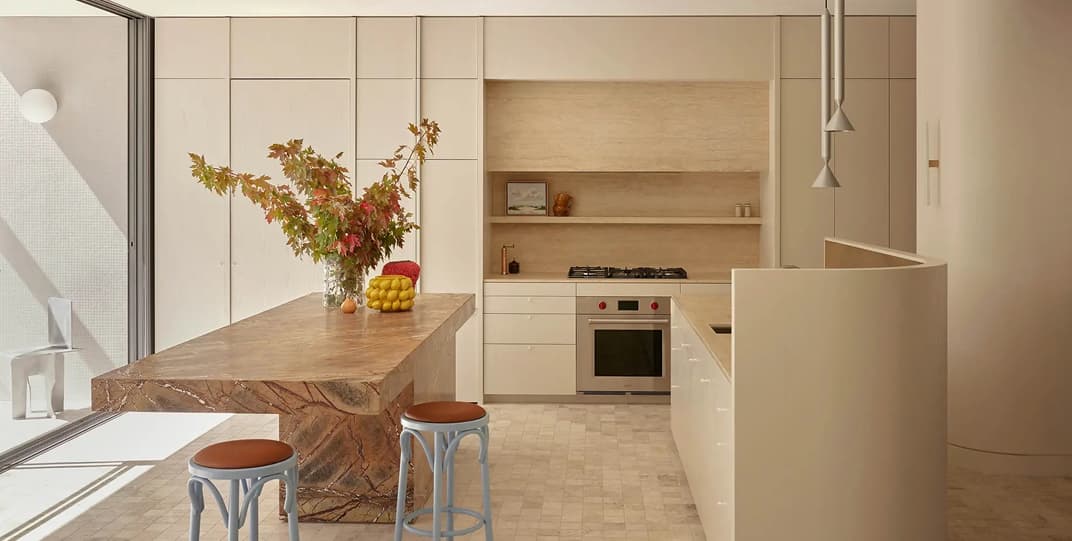
Integrating Modern Amenities
Designing the perfect living room doesn’t require a big budget or a degree in design. With a bit of planning, a touch of creativity, and an understanding of your own lifestyle, you can create a space that is beautiful, functional, and uniquely yours. Whether you’re curling up with a book, entertaining friends, or just kicking back after a long day — your living room should feel like home.
“Adaptive reuse involves repurposing old buildings for new uses, preserving historical value while meeting modern needs. This post explores the benefits and challenges of adaptive reuse in architecture.”
FOUNDER OF THE COMPANY
Sustainability and Efficiency
Repurposing existing structures is an environmentally sustainable practice, reducing the need for new construction and minimizing waste. Successfully adapting old buildings involves integrating modern amenities and technologies while respecting the building’s historical integrity. This balance creates functional and aesthetically pleasing spaces.
Upgrading older buildings with energy-efficient systems, such as HVAC and insulation, improves their performance and reduces their environmental impact, making them suitable for modern use.
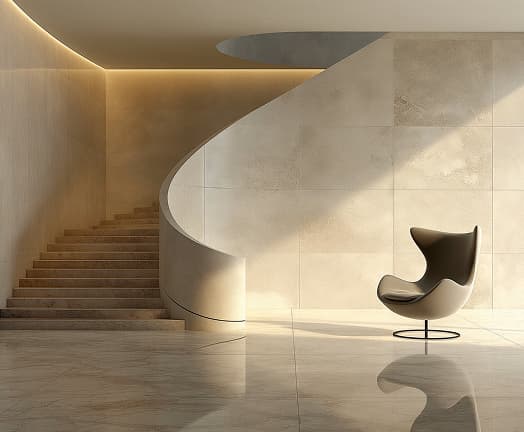
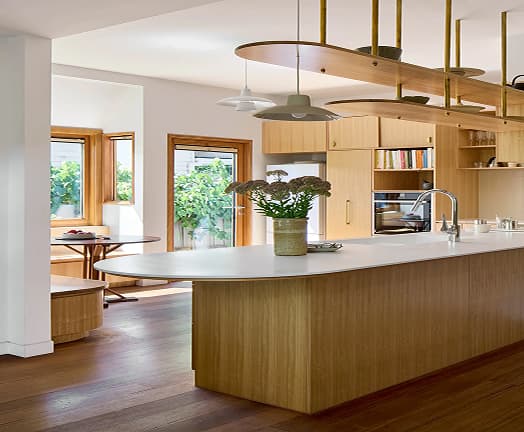
Energy-Efficient Upgrades
Adaptive reuse is a powerful approach to architecture that combines historical preservation with modern innovation. By embracing this practice, architects can create unique and sustainable spaces that honor the past while looking to the future.
Reuse involves repurposing old buildings for new uses, preserving historical value while meeting modern needs. This post explores the benefits and challenges of adaptive reuse in architecture.
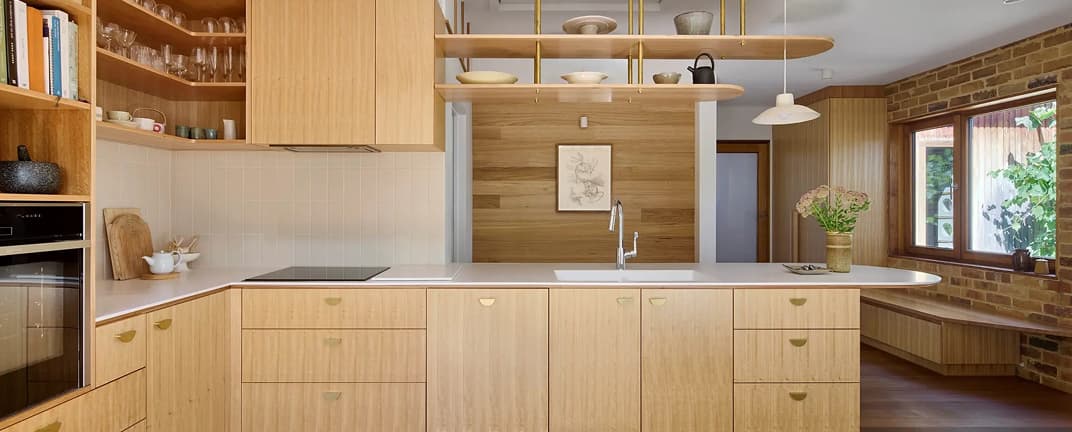
The restoration process was meticulous. I spent hours researching period-appropriate colors and materials. Sourcing vintage furniture became a delightful treasure hunt, and I often found myself lost in the charm of local flea markets. Every piece I selected felt like a conversation with the past, and each room began to tell a story.
As I unveiled the completed home, the clients were overwhelmed with emotion. We had not just renovated a house; we had resurrected a piece of history, blending the old with the new in a way that honored its legacy.



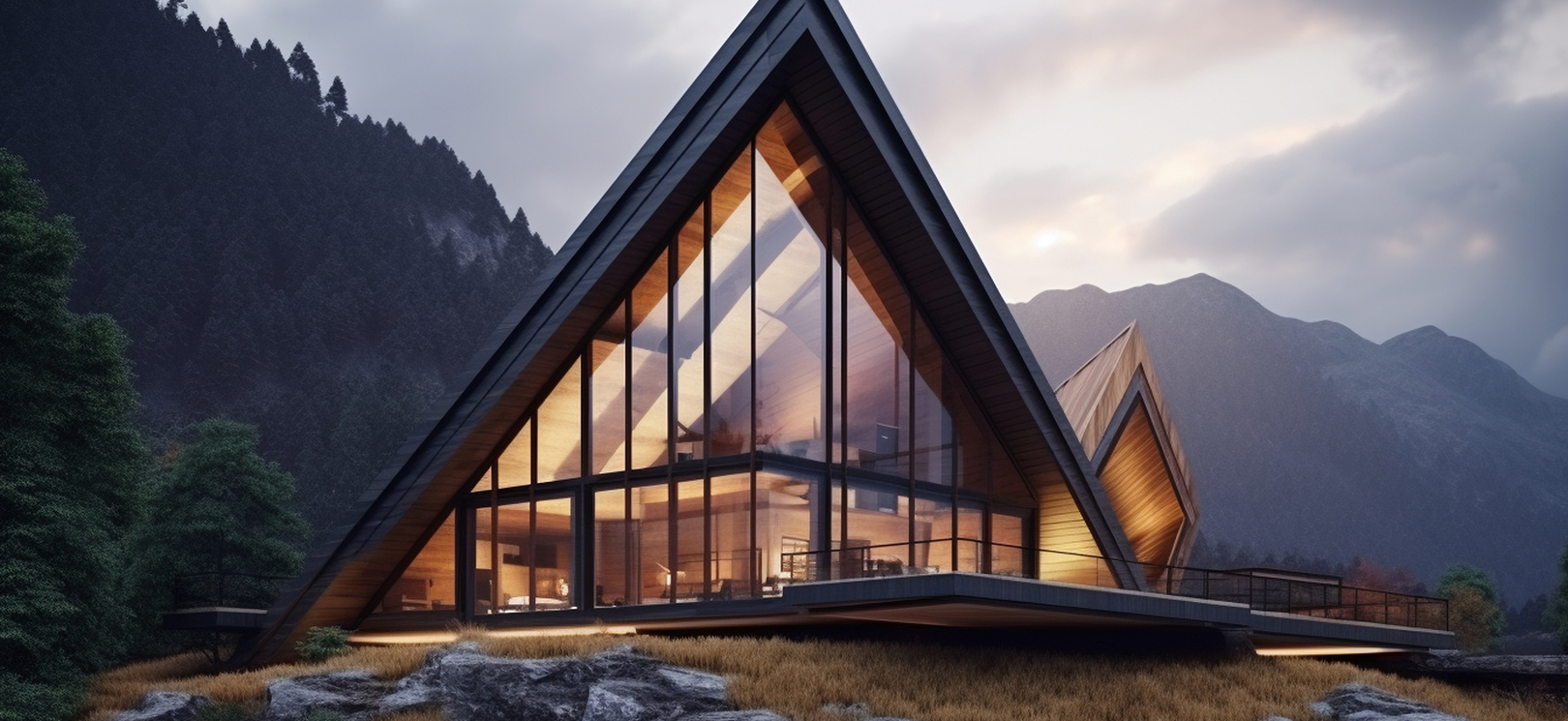
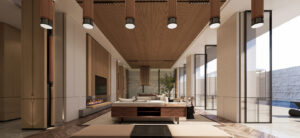

Faren
June 18, 2025 5:36 amThis was such an engaging read. You have a real talent for breaking down complex design ideas into simple, actionable advice. I always walk away from your posts with something new to try in my own home.
Faren
June 18, 2025 5:37 amJust wanted to say thank you for consistently creating such helpful and inspiring content. I’ve learned so much from your blog, and I always look forward to your new posts. Keep up the great work!